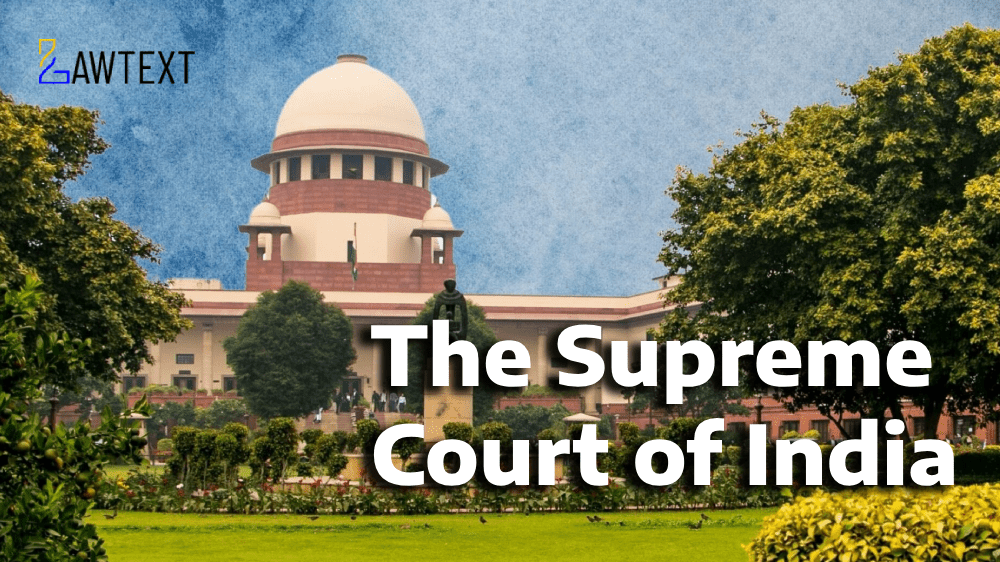

The reasoning of the High Court in holding Exhibit-A6 as a family settlement that would be binding on the parties. The agreement's intent was clear to settle the property in a manner that maintained family harmony and accounted for Plaintiff No. 2’s needs and circumstances.
Interpretation of Exhibit-A6:
Admissibility and Enforceability:
Family Settlement and Mohammedan Law:
Trial Court’s Findings and High Court’s Reversal:
Exhibit-A6, though not a traditional partition deed, served as a family arrangement that the parties intended to honor. The High Court’s decision to uphold this agreement aligns with legal principles that favor the fulfillment of family settlements, particularly when they serve to address specific familial needs and prevent disputes. Thus, the appeal by the legal representatives of Defendant No. 2 does not present grounds sufficient to overturn the High Court's judgment.
The Civil Appeal is dismissed, and the judgment of the High Court in A.S. No. 22 of 2007 is upheld. The parties are directed to proceed with the partition in accordance with Exhibit-A6, ensuring Plaintiff No. 2 receives the western half portion as agreed. No order as to costs.
Citation: 2024 LawText (SC) (7) 94
Case Number: Civil Appeal No.1957 Of 2011
Date of Decision: 2024-07-09
Case Title: Naseem Kahnam And Others Versus Zaheda Begum (Dead) By Lr. And Others
Before Judge: (C.T. Ravikumar, J And S.V.N. Bhatti, J)
Advocate(s): Prabha Swami
Appellant: Naseem Kahnam And Others
Respondent: Zaheda Begum (Dead) By Lr. And Others